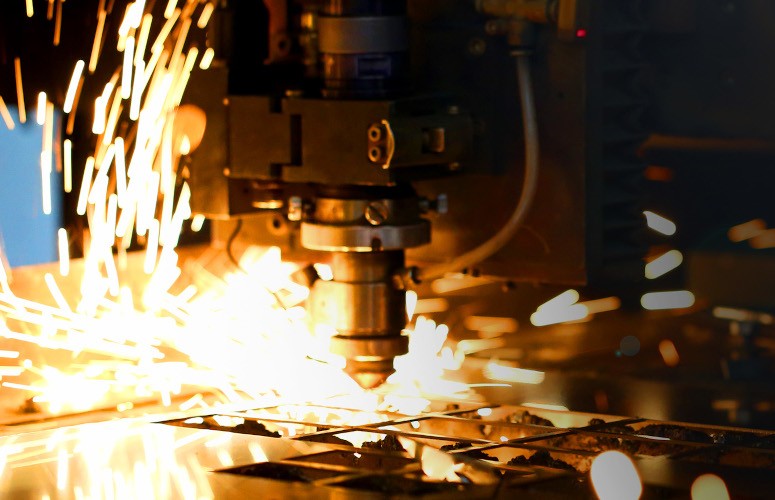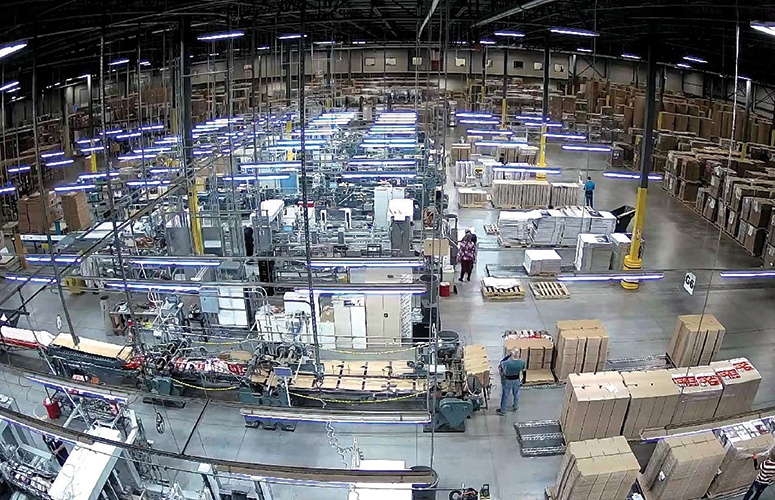
Worldwide Manufacturing Activity Jumps in May
On Jun 14, 2024The GEP Global Supply Chain Volatility Index — a leading indicator tracking demand conditions, shortages, transportation costs, inventories and backlogs based on a monthly survey of 27,000 businesses — increased notably in May to 0.21, from -0.18 in April. Crucially, this was the first time since March 2023 that the index is in positive territory, signaling that global vendors are working at capacity and that supply chains are at their busiest for more than a year.
A key factor behind the index’s increase in May was a further improvement in global manufacturing demand, leading factories to ramp up their purchases of raw materials, commodities and components. Purchasing growth was especially strong in Asia, particularly in key exporting countries such as China, India and South Korea.
Suppliers to North America also got busier during May, with their capacity slightly stretched as a result. This partly reflected more supportive demand conditions for businesses in the U.S. and Mexico. The European market, which has been a laggard since mid-2022, improved notably, especially in the U.K.
Globally, reports of backlogs increasing because of staff shortages at suppliers of critical goods and inputs hit their highest in almost a year-and-a-half in May, suggesting capacity expansion is required to meet existing and future orders. Overall, this paints an optimistic picture for the outlook in H2 2024 for global supply chains.
“The broad-based nature of the breakout we’re seeing in May is a hugely encouraging sign for the global economy going into the second half of 2024,” explained Mudit Kumar, vice president, GEP Consulting. “If this trend continues, businesses can expect renewed efforts by vendors to raise prices, especially given the recent surge in the cost of many commodities.”
May 2024 Key Findings:
- DEMAND: Global demand for raw materials, commodities and components is now trending in line with its long-term average, indicating that global manufacturing is now moving toward an upswing in the business cycle. At the forefront of growth is Asia, led by China, India and South Korea.
- INVENTORIES: The inventory cycle has stabilized, with firms neither building up stocks excessively nor aggressively destocking to improve cash flow and cut costs.
- MATERIAL SHORTAGES: Global item supply remains robust, with reports of shortages at low levels.
- LABOR SHORTAGES: The frequency at which global suppliers reported a rise in their backlogs due to labor shortages was at its greatest in nearly a year-and-a-half, indicating that capacity expansion is required to sustainably meet current and future demand.
- TRANSPORTATION: Global transportation costs remain stable, close to historically typical levels.
Regional Supply Chain Volatility
- NORTH AMERICA: Index rose to 0.09, from -0.30, its highest since February. May data showed stronger demand from manufacturers in the U.S. and Mexico, exerting more pressure on North American suppliers.
- EUROPE: Index rose to -0.13 from -0.55, a 14-month high and signaling a substantial reduction in slack across Europe’s supply chains. This suggests the region’s manufacturing downturn continues to recede.
- U.K.: Index rose to 0.15, from -0.47. This showed increased capacity pressures at U.K. suppliers for the first time since January 2023.
- ASIA: Index rose to 0.19, from 0.07. Suppliers to Asia are the busiest globally because of particularly strong demand pressures arising from major markets such as China, India and South Korea.
To access more business news, visit NJB News Now.
Related Articles:





